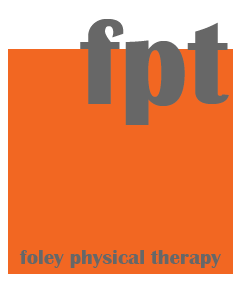An anatomy refresher for the Health Quiz we should all have to take once a decade at least2/18/2023
Imagine if you had to take a pop quiz in health class right now. How much do you remember about your body, function, maintenance, healthy eating or basic self care? How much of this are kids learning in school health? Try one of these AARP quizzes to see what you never learned, still remember or have forgotten: How Well Do You Know Your Body and/or What Do You Really Know About Your Muscles and see. And here's a cheat sheet: Bone: It is living, growing (supplying new blood cells) tissue; it has 2 types, spongy and compact - we'll talk about spongy in a future newsletter but know it is not as soft as it sounds and it is where osteoporosis is most devastating. Bone has an extensive vascular and neurologic network; has 5 general classifications of types related to shapes size, function (consider your knee cap versus your femur); and the ends of long bones are covered with a unique specialized material called articular cartilage. Cartilage: is a very specialized connective tissue which exists in your ears or in specialized structures like the meniscus and spinal discs as well as the ends of bone where movement (ie joints) exist. That (hyaline) cartilage is often called articular cartilage and it has no blood supply (ie healing is limited and nutrition occurs via diffusion) or nerve endings -also something we'll discuss in a future newsletter post about arthritis. The articular cartilage at the ends of bones is a super specialized covering that is surrounded by a fibrous capsule with a specialized lining and covers a joint space or cavity. Osteoarthritis and rheumatoid arthritis, as well as other arhritis' affect these cartilaginous structures. Muscle: has 3 distinct types: cardiac, smooth (between and around the walls of blood vessels and organs and moves things through and within the viscera) and skeletal; skeletal muscle is between bones connected by cartilage, ligament or fascia and creates movement; skeletal muscle has 5 key designs: sphincter, pennate, flat, fusiform and quadrate; has network blood vessels, nerve innervation and a network of connective tissue holding its bundles of bundles together. Ligament: are either extrinsic or intrinsic (one with) synovial joints and connect bone to bone, stabilizing a surface for movement; Tendon: is similar to muscle in its bundling matrix; tendon connects muscle to bone and mitigates forces; it is a cordlike structure with great stiffness from collagen as well as from the structure; tendons have 2 key points of potential injury at the muscle tendon junction and at the invagination (insertion point) of the tendon in to the bone; tendons in the hand and foot that are exposed and glide over bony areas have a specialized covering that supplies nutrition and lubrication to offset the friction from their environment; tendinopathy is a term more commonly used these days to describe the process of tendon injury or inflammatory state with tendonitis indicating swelling is present versus tendonosis indicating nicks and tears in the tendon may be present. A person sprains a ligament, by rolling the ankle when misstepping off of a curb. One strains a muscle or even tendon by over loading or over exerting oneself pushing, pulling, playing, carrying. Strains can be mistaken for Delayed Onset Muscle Soreness (or we can conclude DOMS to be a very early very minor muscle strain) from exertion without proper ramp up. DOMS usually is most pronounced 2 days after a stressful workout versus an acute strain which likely occurs more immediately; DOMS usually feels better with light exercise on day 2 or 3 if it is not already receding with time, whereas the strain will feel worse.
Let us know how you scored - and be sure to suggest some other topics based on questions you missed on the quiz. Comments are closed.
|
Author:
|
Proudly powered by Weebly







 RSS Feed
RSS Feed